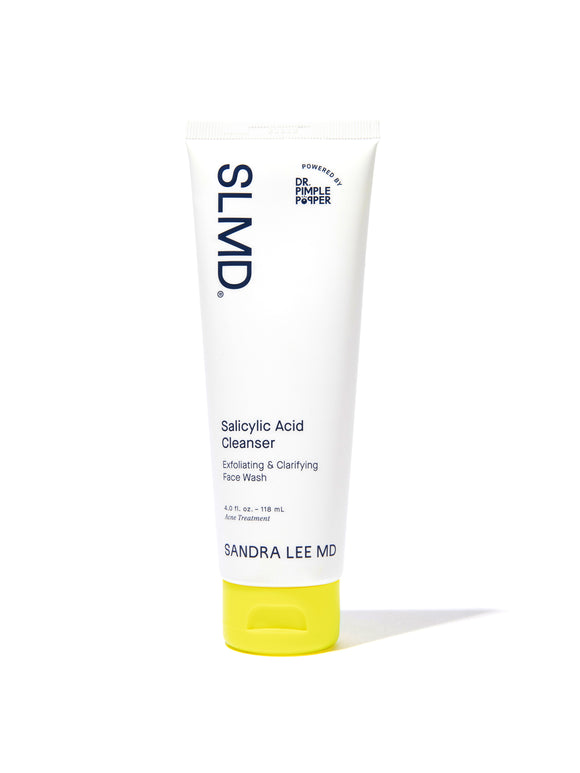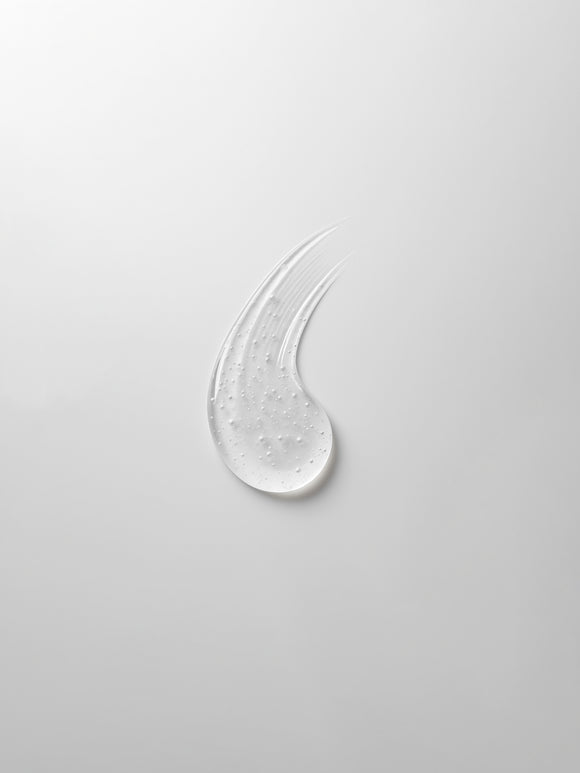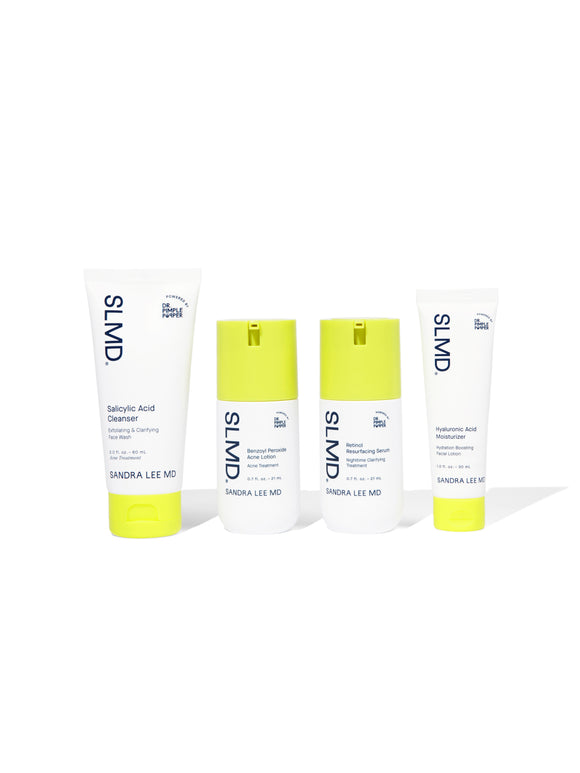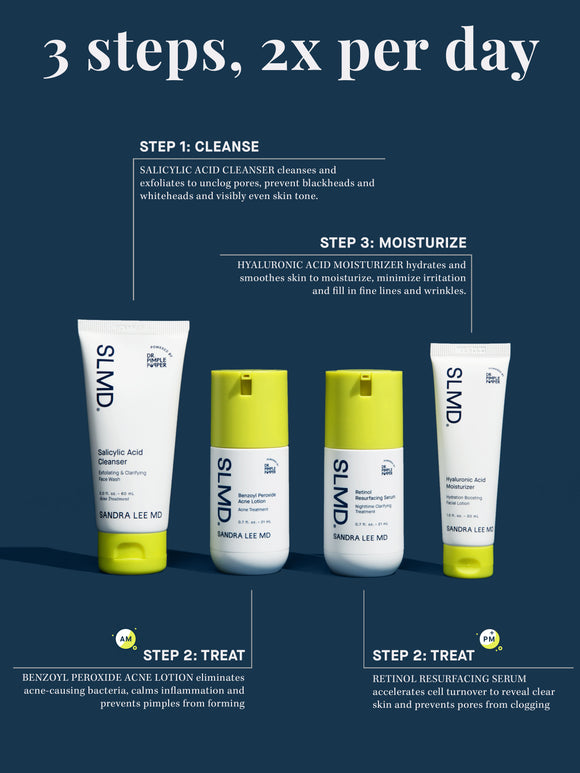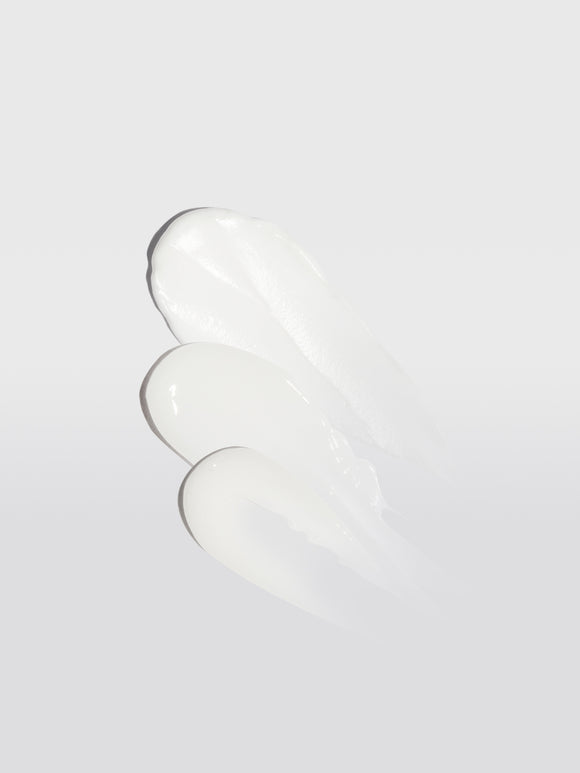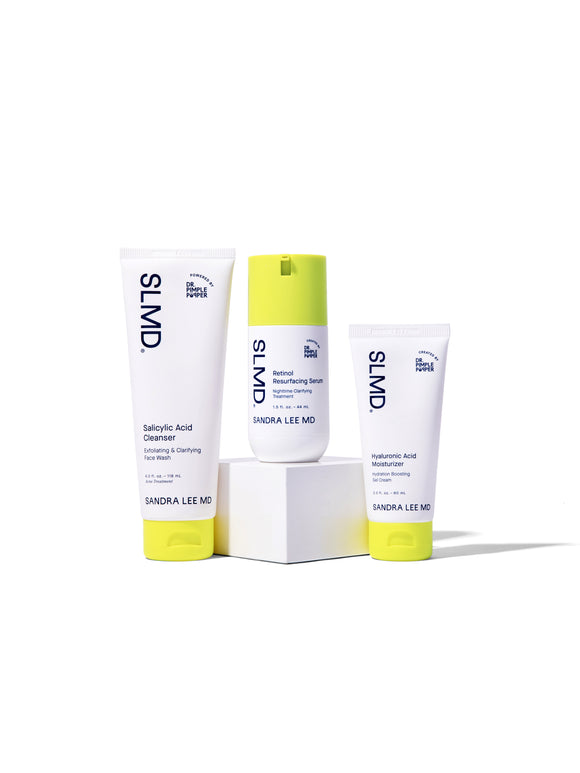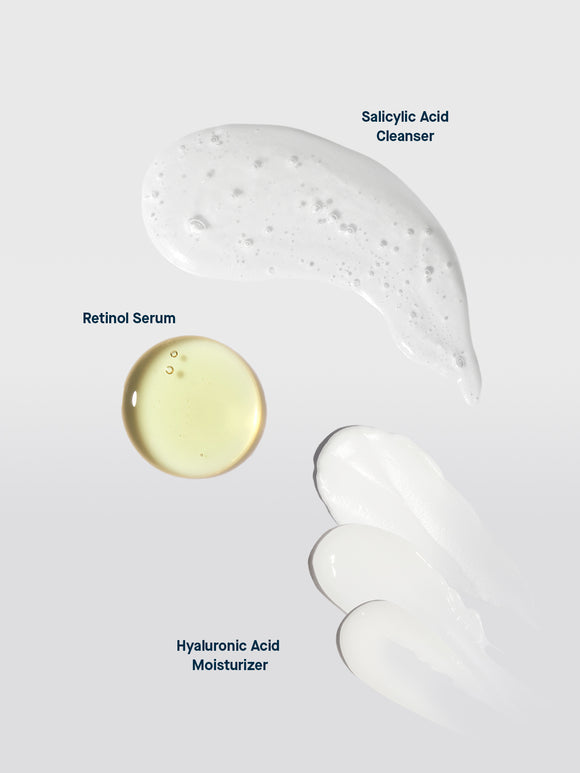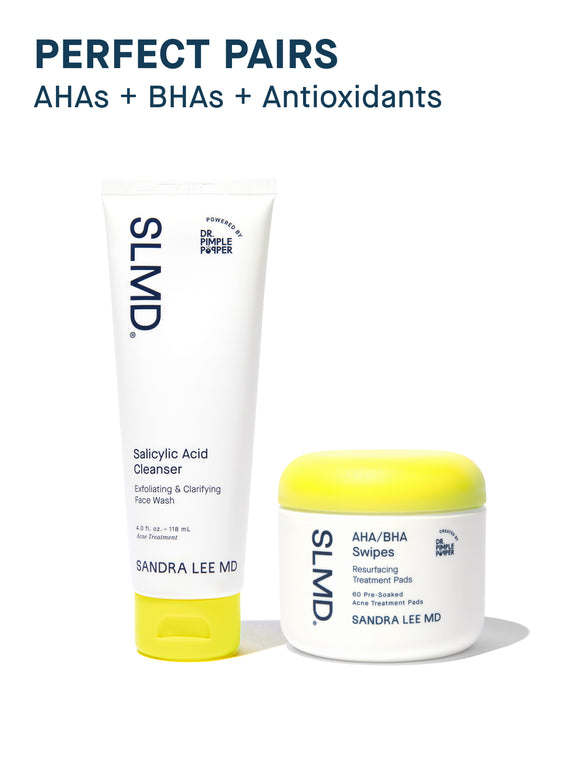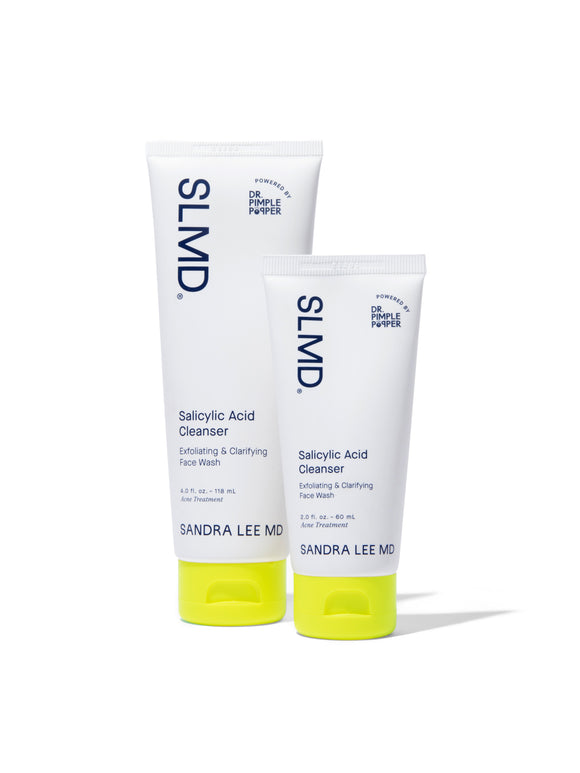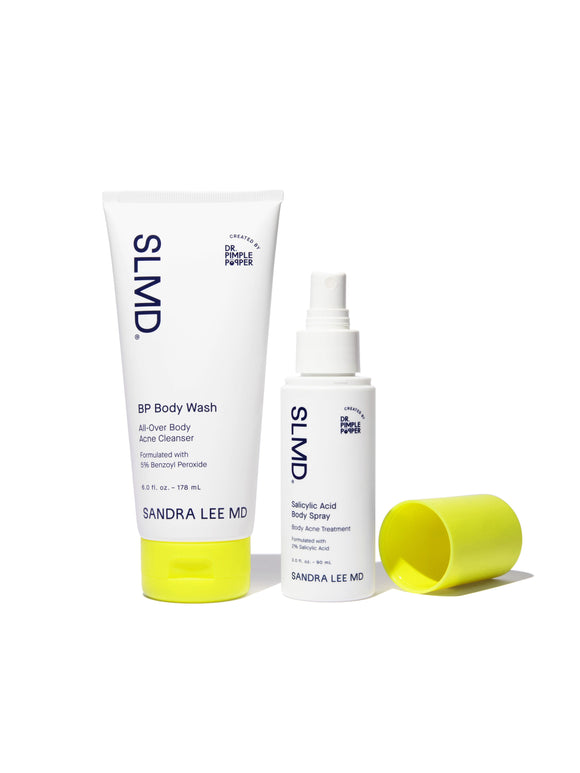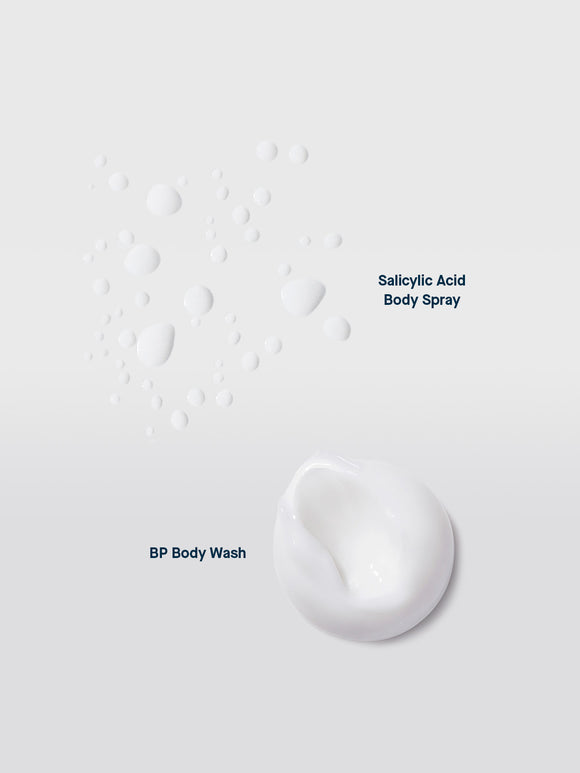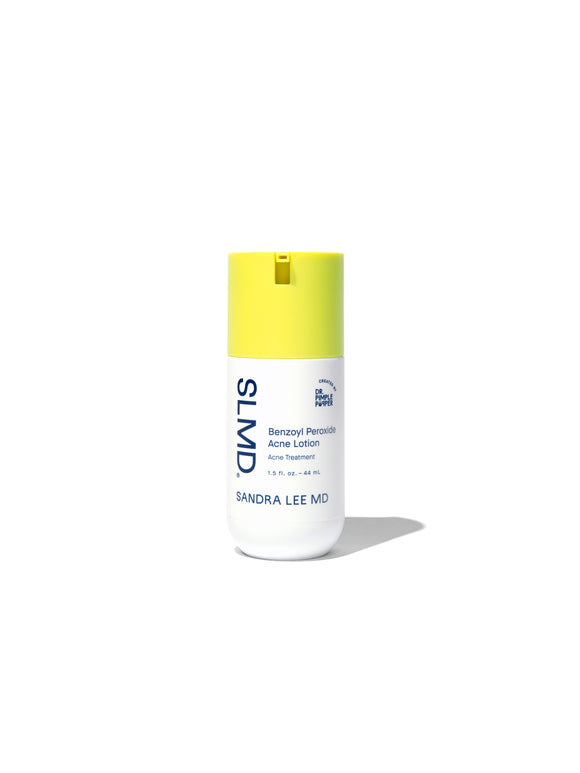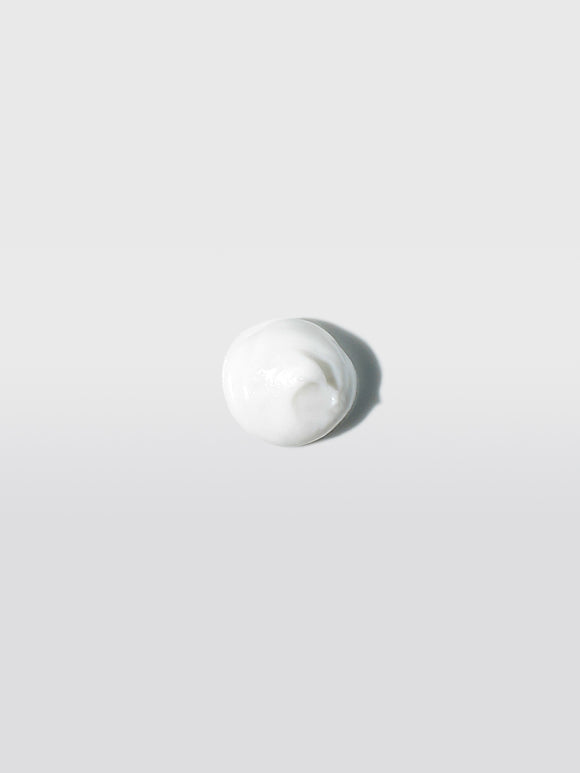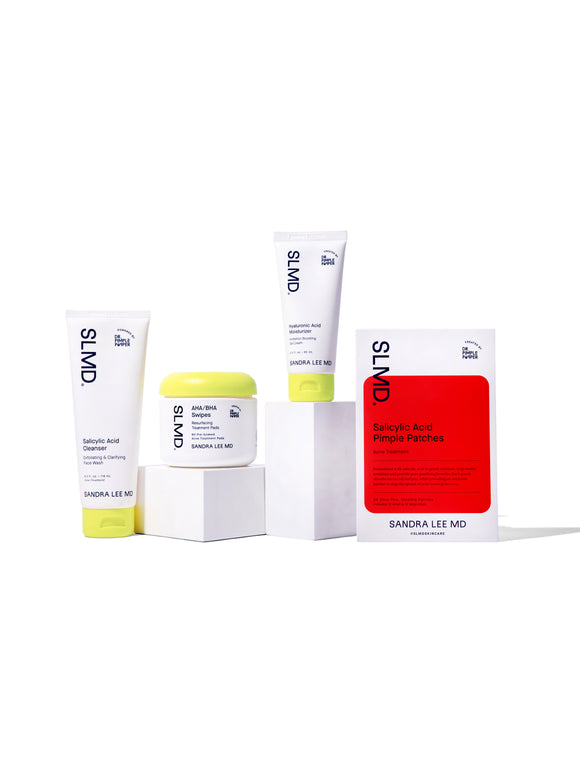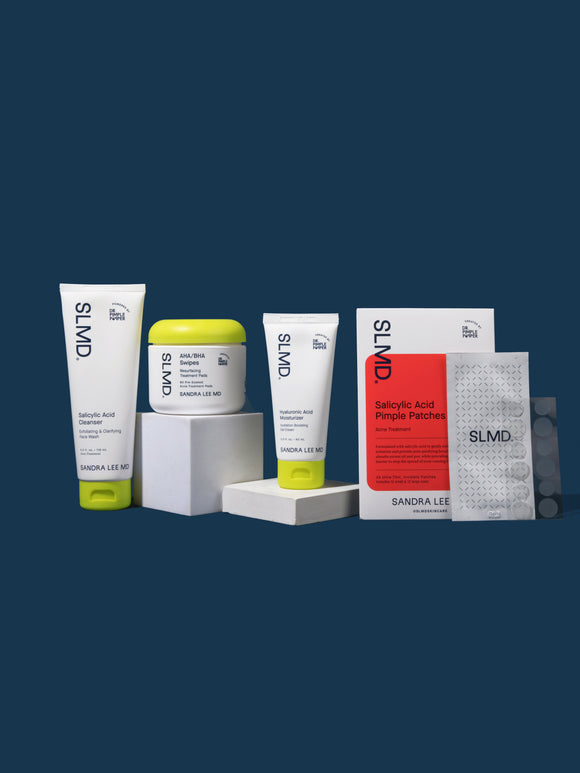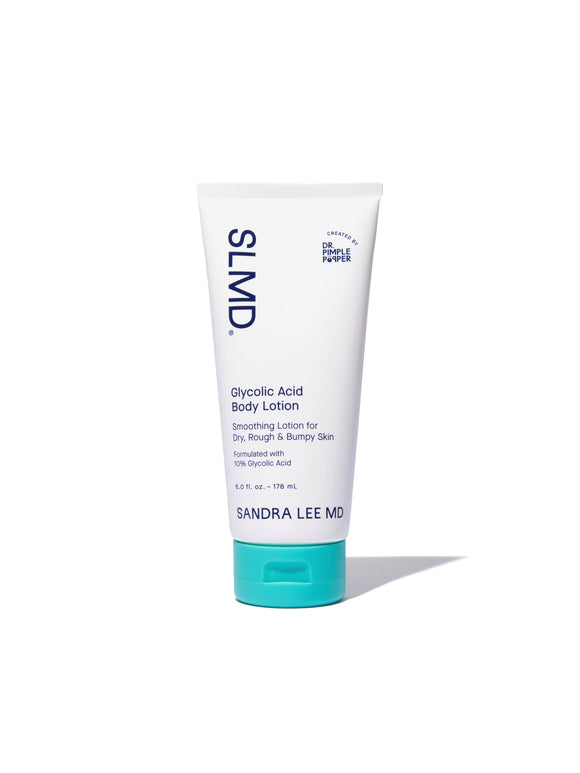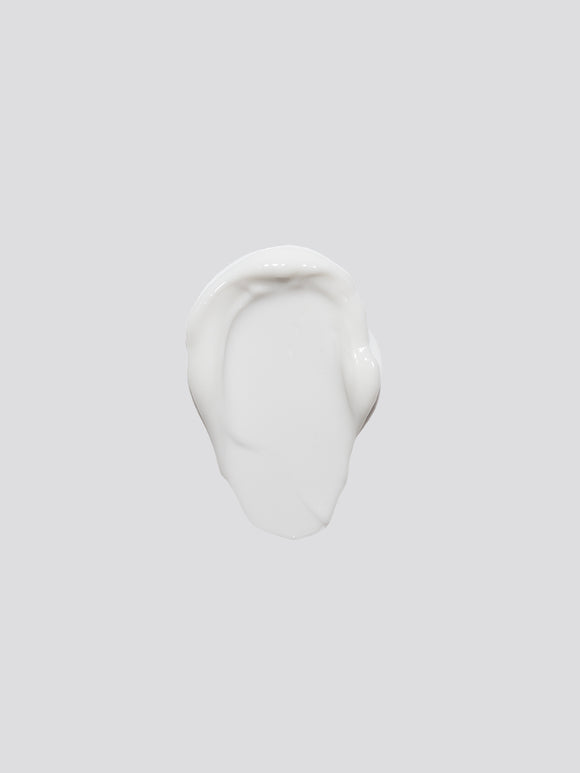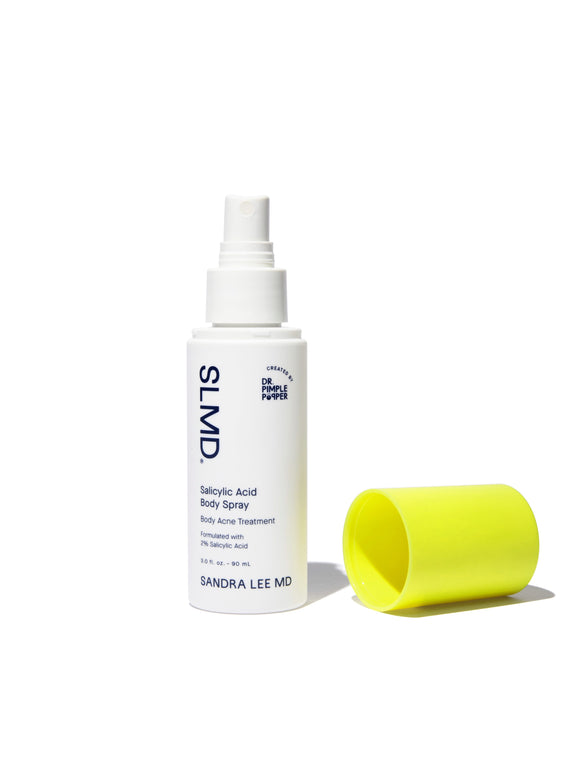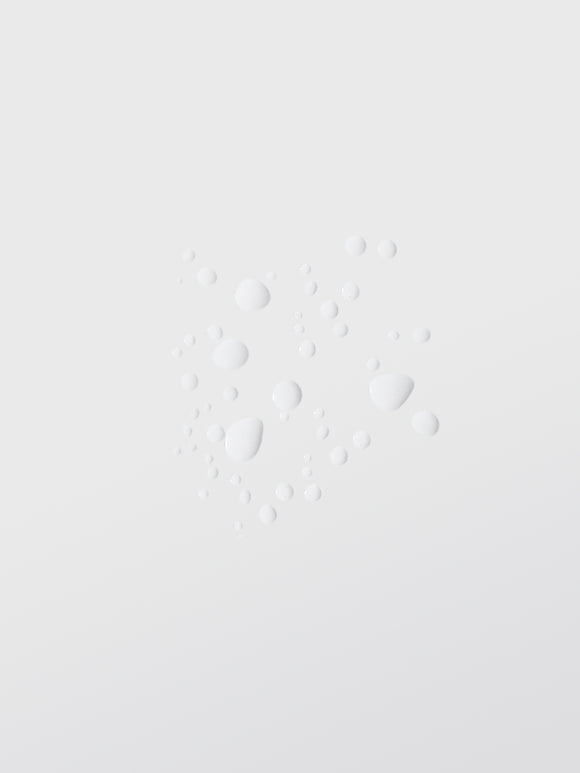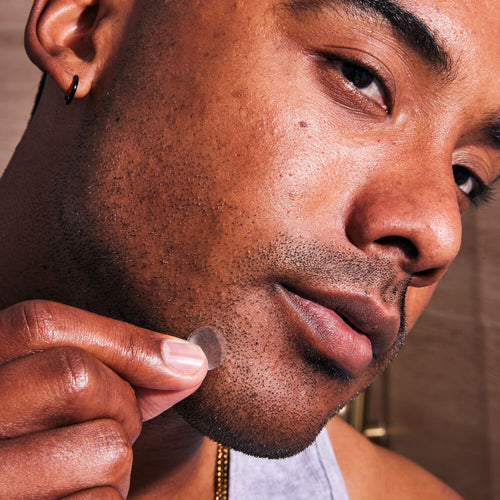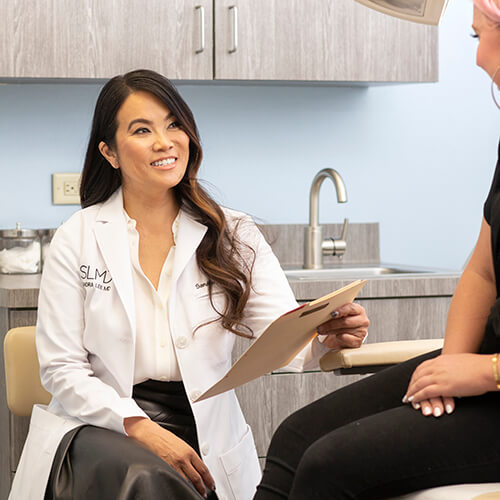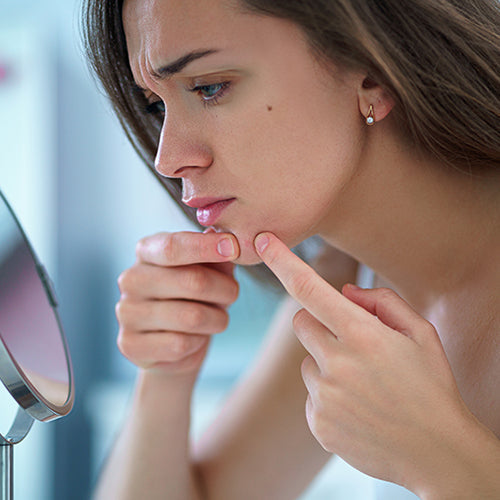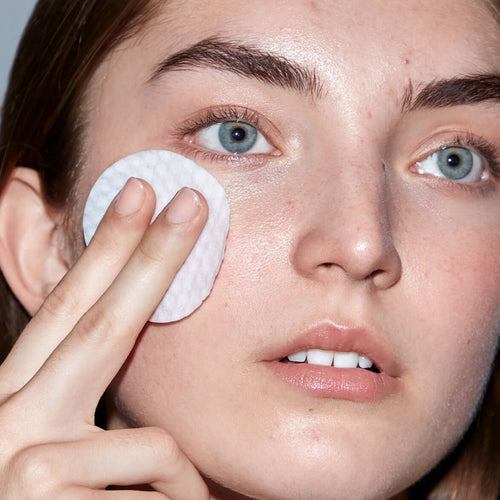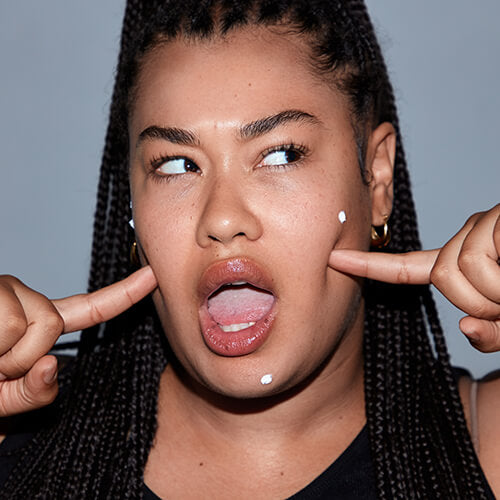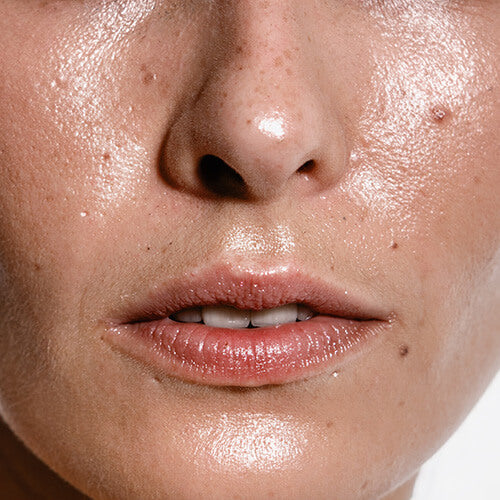
Sebum, Explained: Why Balancing Oil Production Is Key to Skin Health
Dr. Pimple Popper shares everything you need to know about your skin's natural oil.
Published:
5 minute read
Sebum might not be the most glamorous skincare topic — but it’s one of the most important. This natural oil plays a vital role in protecting and moisturizing your skin. But when your oil levels are out of balance, it can lead to everything from acne to dryness to premature aging.
With expert insight from board-certified dermatologist Sandra Lee, MD (aka Dr. Pimple Popper), we’re breaking down where sebum comes from, what it does, and how to manage it for healthier, more balanced skin.
Article Quick Links
What is sebum — and where does it come from?
Sebum is produced by sebaceous glands — tiny organs located throughout your skin, except on the palms and soles. These glands are part of the pilosebaceous unit, which also includes:
- Hair follicle: the tunnel-shaped opening where hair grows
- Arrector pili muscle: contracts to make hair stand on end (aka goosebumps)
Sebaceous glands are most concentrated on your face, scalp, and chest — with up to 900 glands per square centimeter in those areas. When sebum is produced, it travels through a duct and into the hair follicle, where it’s carried to the skin’s surface.

What is sebum made of?
Sebum is composed mostly of lipids — a complex mixture of fats and waxes produced by sebocytes (sebum-making cells). As sebocytes mature, they fill with oil and eventually rupture, releasing their contents.
Sebum includes:
- Glycerides (30–50%)
- Wax esters (26–30%)
- Free fatty acids (15–30%)
- Squalene (12–20%)
- Cholesterol esters (3–6%)
- Cholesterol (1.5–2.5%)
It also contains vitamins and enzymes — including vitamin E and CoQ10 — that help protect and nourish the skin.
What does sebum do?
Though we don’t know everything about sebum’s role, research suggests it performs multiple essential functions:
- Moisture control: forms part of the skin barrier, preventing water loss (TEWL)
- Photoprotection: compounds like squalene help absorb UV radiation
- Thermoregulation: lipids help control the evaporation of water which regulates body temperature
- Antimicrobial defense: acidic pH and fatty acids limit bacterial overgrowth
- Antioxidant delivery: transports ingredients like vitamin E to defend against free radicals
- Inflammation control: helps regulate the skin’s immune response
Dr. Pimple Popper's Oil Control Solutions
What affects sebum production?
Sebum levels vary due to both internal and external influences:
- Hormones: especially androgens like testosterone and DHT
- Diet: high-glycemic foods may increase oil production
- BMI & metabolic factors: obesity and insulin resistance are linked to higher sebum output
- Medications: drugs like isotretinoin and hormonal treatments (like contraceptives) reduce oil
- UV exposure: sunlight may temporarily increase oiliness
How do hormones influence sebum?
Sebaceous glands are packed with androgen receptors. Hormones like testosterone, DHT, DHEA, and androstenedione either influence or are produced by sebocytes.
“Sebum production ramps up during puberty and hormonal shifts — but it also slows down as we age,” says Dr. Lee. “That’s why your skin can feel oily one decade and dry the next.”
How sebum changes over time
Sebum levels shift dramatically throughout life:
- In utero: sebaceous glands contribute to the protective vernix caseosa
- Birth to 6 months: infant oil levels match those of adults
- Childhood (6 months–9 years): oil production drops significantly
- Puberty through early adulthood: androgens trigger a 500% increase
- Midlife and beyond: oil production slowly decreases
How sebum impacts skin conditions
Imbalances in sebum production are linked to several skin concerns:
Acne vulgaris
- Too much oil contributes to clogged pores and bacterial overgrowth
- Changes in oil composition (less linoleic acid, more squalene) promote inflammation
- Best approach: stick with proven ingredients like salicylic acid and benzoyl peroxide to treat and prevent breakouts.
- Try: SLMD Acne System, Body Acne System
Dr. Pimple Popper tip: “When patients are dealing with oily or acne-prone skin, I always remind them: consistency is key. The right ingredients only work if you use them regularly.”
Seborrheic dermatitis
- Caused by Malassezia yeast, which alters lipid composition
- Leads to inflammation and flaky buildup, especially on the scalp
- Managed with antifungal and anti-inflammatory skincare
Eczema (atopic dermatitis)
- Linked to barrier dysfunction and altered sebum makeup
- Moisturizers with colloidal oatmeal help calm flare-ups
Keratosis pilaris (KP)
- Caused by keratin buildup and possibly linked to underactive sebaceous glands
- Treat with a combination of glycolic acid and barrier-restoring moisturizers
- Try: SLMD Body Smoothing System
Sebaceous hyperplasia
- Enlarged glands that form small bumps, common with aging
- Often treated with lasers, cautery, or oral medications
How to balance sebum production
Managing oil isn’t about removing it entirely — it’s about supporting your skin’s natural function.
- Cleanse gently: use a non-stripping formula twice daily
- Avoid harsh products: over-drying can increase oil production
- Exfoliate regularly: help prevent clogged pores with salicylic acid
- Hydrate your skin: even oily types need lightweight moisture
- Support with actives: try niacinamide to regulate oil production
Dr. Pimple Popper tip: “Over-washing and over-stripping can do more harm than good. Gentle, consistent care is what helps keep oil production balanced.”
Dr. Pimple Popper answers sebum & skin health FAQs
Q: Why is my skin so oily all of a sudden?
A: Sudden excess oil can be triggered by hormonal shifts (like puberty, your menstrual cycle, or stress), as well as environmental changes, new skincare products, or over-cleansing, which disrupts your skin barrier.
Q: Can you have dry skin and still produce sebum?
A: Yes — people with dry or dehydrated skin still produce sebum. But if the skin barrier is compromised, moisture evaporates more easily, which can make skin feel dry even with active oil glands.
Q: How can I balance sebum production naturally?
A: Gentle cleansing, avoiding harsh ingredients, using non-comedogenic moisturizers, and incorporating niacinamide or salicylic acid can all help regulate sebum. Lifestyle factors like diet and stress management also play a role.
Q: Does sebum cause acne?
A: Not directly — but excess sebum can clog pores when mixed with dead skin cells and bacteria, leading to breakouts. That’s why oily skin is more prone to acne, though sebum itself isn’t harmful.
Q: What ingredients help reduce excess oil without over-drying?
A: Dermatologist-approved ingredients like salicylic acid, niacinamide, and sulfur help regulate oil without stripping the skin. Look for formulas labeled non-comedogenic to avoid clogging pores.

Dr. Lee's Last Word
Sebum plays an essential role in keeping skin healthy — but it’s often misunderstood. The goal isn’t to get rid of it, but to support your skin in producing just the right amount.



